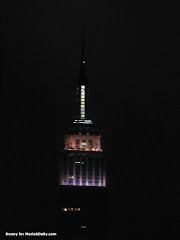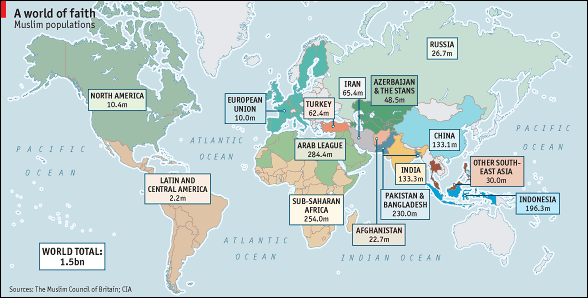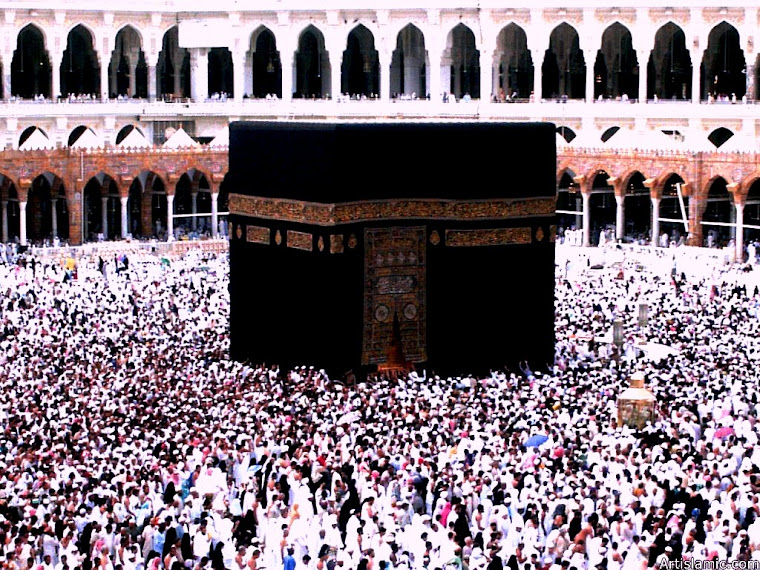Huntington proposed that people’s cultural and religious identities will be the primary source of conflict in the post-Cold War world. I think this was written in reaction to Fukuyama’s The End of History and The Last Man. He believed that while the age of ideology had ended, the world had only reverted to a normal state of affairs characterized by cultural conflict. His view that nation states would remain the most powerful actors is in line with realism and that he sees the twilight years of Western civilization over the emergence of the Eastern fulcrum. Predominant religion (the three great dessert religions: Islam, Christianity, and Judaism) seem to be the main criterion of his classification, but in some cases geographical proximity and linguistic similarity are important as well. Huntington argues that trends of global conflict after the end of the Cold War are increasingly appearing at his fixed civilizational divisions. These are the Western civilization, Orthodox world, Latin America as a hybrid of west culture, Muslim world, Sinic civilization, Japan as a hybrid of Sinic culture, Sub-Saharan Africa, and the Buddhist areas. There were also minor civilizations as he transcribes as “Lone” countries i.e. Israel, Ethiopia, Haiti, and Turkey.
Somehow his proposal is somewhat true but I beg to disagree that these conflicts are measured in a global level. The origin of rival claim territories of today is not usually based on cultural and religious identities of his fixed civilizations; it is also blended with socio-political and economic factors as well as international regimes, interdependency and world hegemons. Some of the indicative rival claims were Antarctica, Basque, Chechnya, Kuriles, Northern Ireland, Palestine, Sabah, Cyprus, Kashmir, Kurdistan, South China Sea, Tamil, and the permafrost of the Arctic. Many of these were in a level of interstate and regional conflicts. There is a great chance of collaboration of the Islamic and Sinic civilizations against Western civilization as it was materialized on the US invasion of Afghanistan, Iraq, the 2005 cartoon crisis, 2006 Israel-Lebanon conflict, and the ongoing Iranian nuclear crisis. The emergence of China as a world power may assert clashes with the American desire for the lack of regional hegemony in East Asia.
He believed that the Western-Islamic clash would represent the bloodiest conflicts of the early 21st century. What he didn’t perceive was that the Eastern civilizations have retained its cultural identity even if they adopted Western economic system. Modernization is pushing through for China, India, East Asian Tigers, and ASEAN. It can be seen that Huntington relies mostly on anecdotal evidence, despite more rigorous empirical studies have not shown particular increase in the frequency of inter-civilizational conflicts in the post-Cold War period. Clashes of civilizations were merely based on conflicts but its vulnerability is the essence of collaboration e.g. US and Saudi Arabia’s partnership, Turkey’s pending application to EU, and the onslaught of environmental problems such as climate change and global warming.
A.M.Nassef



















No comments:
Post a Comment